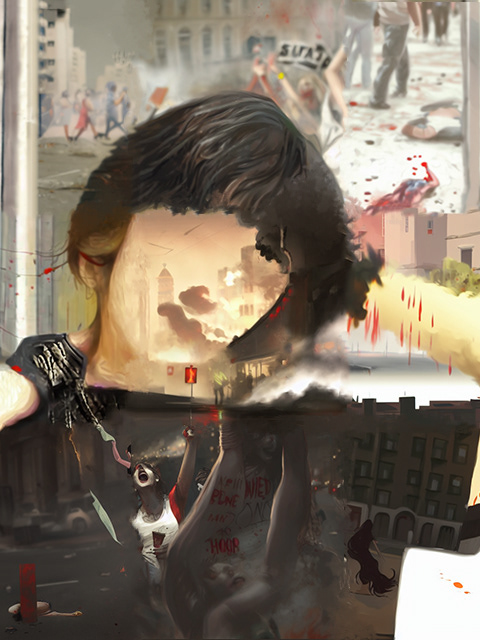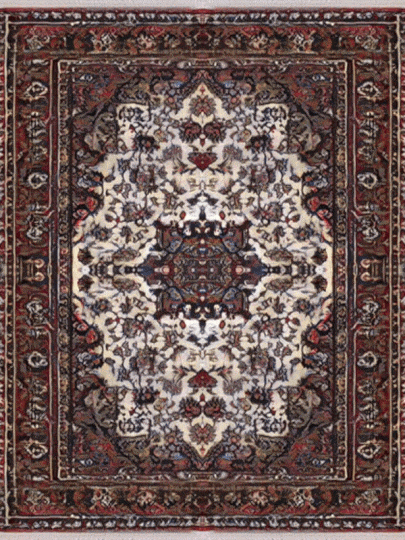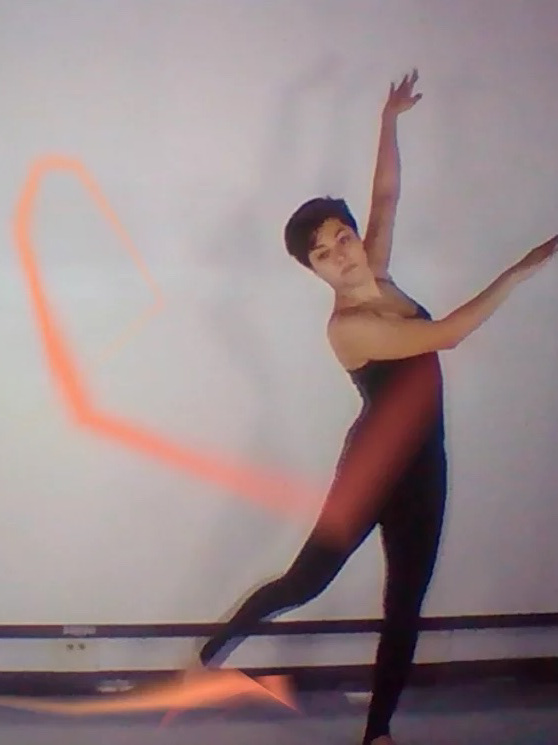This project looks for traces of dancing in the ongoing "Woman, Life, Freedom" revolution in Iran from an AI generative lens to add a layer of meaning, symbolism, and visual aesthetics.
The revolution centers around the reclamation of bodily agency, particularly for women, used as a tool of oppression, such as mandatory hijab, criminalizing dance and singing for women, and body-imposed punishments such as public lashing, and execution. The revolution's symbols revolve around the body, including women's hair, dancing, and public displays of affection.
The video footage used in the installation is curated from the many social media videos of people dancing in public spaces, including the iconic Azadi Square in Tehran, to show resilience through their bodies. The dancers represent a diverse range of marginalized bodies, including women, queer dancers, disabled bodies, Kurd and Baloch ethnic groups, and women wearing different levels of hijab representing various religious beliefs. The dancers' anonymity is protected for their safety, as some identified dancers have been arrested and sentenced to 10 years in prison for dancing for only ten seconds. The different dance styles showcased in the videos, from hip-hop to ballet and sophism, all unite in their demand for freedom.
Below are some of the selected pieces of this video, as well as other trials in the making of it and relating dance and AI in the context of "Woman, Life, Freedom".
Related work
Dance of a woman with a red bloody scarf. "From the blood of the youth, tulips are growing", sings the music, as the woman grows into a tree, resembling growth. The color pallet including the red blood, green leaves, and white background make up Iran's flag. The central element is a woman, the key point of the current revolution in Iran.







